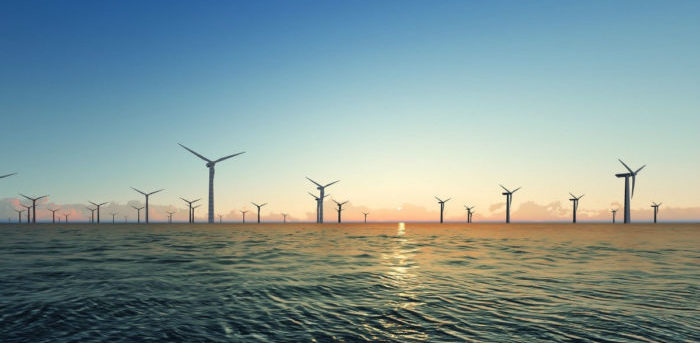According to Wood Mackenzie, the outlook for Japan’s offshore wind sector is looking positive as its capacity is expected to reach upwards of 4 gigawatts (GW) in 2028. This would be a 62-fold increase from last year.
As nuclear power’s popularity decreases after 2011’s Fukushima Dai’ichi nuclear disaster, Japan has faced difficulties to bring its nuclear reactors back on the grid. In fact, only nine reactors have successfully come online, bringing operational capacity to 9 GW in 2018.
[smlsubform prepend=”GET THE SAFETY4SEA IN YOUR INBOX!” showname=false emailtxt=”” emailholder=”Enter your email address” showsubmit=true submittxt=”Submit” jsthanks=false thankyou=”Thank you for subscribing to our mailing list”]
Now, Wood Mackenzie estimates that Japan will experience a power generation shortfall of over 10 GW by 2030, as it struggles to restart 30 nuclear reactors to meet the national nuclear target of 20-22% of the national power mix.
Providing a comment on this situation, senior analyst Robert Liew, says that Japan will need to increase its coal imports, supported by renewable energy capacity. Regarding the latter, offshore wind could be an advantage.
Recognising offshore wind’s possibilities, Japan’s largest utility Tokyo Electric Power (TEPCO) made a number of announcements during January, regarding its ambition in offshore wind power.
In addition, the Japanese Cabinet has also approved an offshore promotion law which awards developers the right to occupy an area up to 30 years in general sea areas. A working group has also been established to set out maintenance and management standards for offshore wind projects.
What is more, discussions are ongoing to streamline application process for port and harbour projects in the lead up to the first offshore tenders expected by the first half of 2019 for potential sites in Aomori and Nagasaki prefectures.
However, with Hitachi stopping new turbine sales, the question is still there regarding whether a local offshore wind supply chain can be fully established by 2020. This creates opportunities for foreign turbine suppliers, but will add to the challenge of achieving cost reductions in the sector.
Furthermore, Mr. Liew believes that the medium- to long-term outlook for offshore wind in Japan is promising, especially after TEPCO’s participation in offshore wind, the growing offshore pipeline and new policy measures to support wind development.
We expect Japan to emerge as a key offshore wind market in Asia






























































